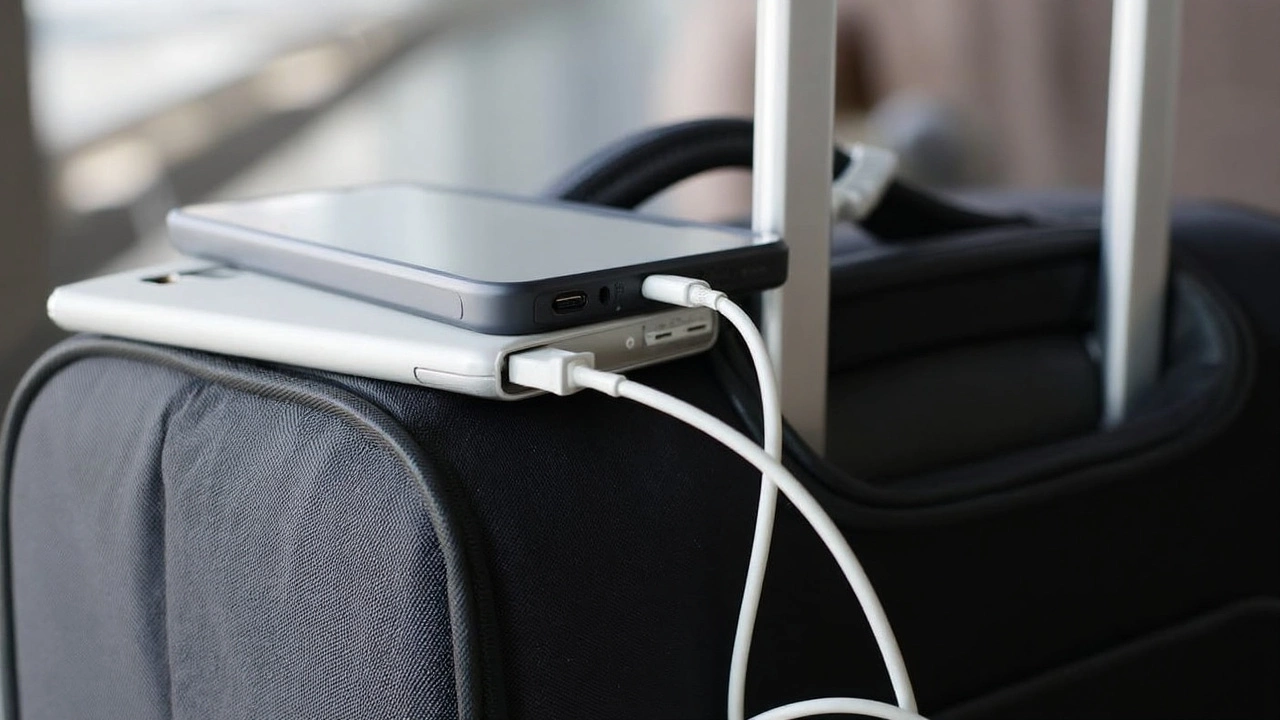Battery Packs for Motorbike Racing – What You Need to Know
If you’ve ever watched a MotoGP or a superbike race, you know every gram counts. The right battery pack can shave seconds off lap times, keep electronics stable, and prevent a nasty fire on the pit lane. In this guide we’ll break down the most important factors – capacity, weight, discharge rate, and safety – so you can pick a pack that actually works for you, not just for the spec sheet.
Capacity vs. Weight – Find the Sweet Spot
Capacity is measured in amp‑hours (Ah). A higher Ah means longer run time, but it also usually adds weight. For a race‑only bike you want the smallest pack that still gives you enough juice for the full stint. Most sprint races last 20‑30 minutes, so a 5‑6 Ah lithium‑ion pack is often enough. If you’re doing endurance events, bump it up to 10‑12 Ah but expect a few extra kilos.
Weight matters because every extra kilogram slows acceleration and affects handling. Look for packs with a high energy‑density rating – that’s the amount of energy per kilogram. Modern Li‑Po (lithium‑polymer) cells hit about 250‑300 Wh/kg, which is a good benchmark. Avoid old‑school lead‑acid batteries unless you’re on a tiny budget; they’re heavy and discharge quickly under high load.
Discharge Rate (C‑Rate) – Can It Keep Up With Your Bike?
The C‑rate tells you how fast a pack can release power. A 10 C rating on a 5 Ah pack means it can safely dump 50 A without overheating. Racing bikes often need bursts of 30‑40 A for ignition, fuel pumps, and electronic control units. Choose a pack with at least a 10‑C rating to avoid voltage sag that could knock out your ECU.
Don’t forget the connector type. Racing teams standardise on XT60 or EC5 plugs because they handle high current and stay snug even under vibration. A loose plug can cause a sudden power loss – something you definitely don’t want on the final lap.
Safety and Maintenance – Keep the Fire Squad Out
High‑performance batteries can be temperamental. Always use a proper battery management system (BMS) that monitors cell voltage, temperature, and balance. The BMS will cut power if any cell goes out of spec, preventing thermal runaway.
Charge with a charger that matches the pack’s chemistry and voltage. Overcharging a lithium pack can cause swelling or, in worst cases, fire. Keep the pack dry, avoid direct sunlight, and store it at about 50 % charge if you’re not using it for a while. A quick visual check before each race can spot bulging or loose wires.
Installation Tips – Get It Right the First Time
Mount the pack low and central to maintain a balanced centre‑of‑gravity. Use vibration‑proof brackets and silicone pads to cushion shocks. Run power cables away from moving parts and secure them with zip ties – loose cables can snag and rip the pack out.
Finally, label your connections. A simple colour‑coded system (red for +, black for –) saves minutes in the pit lane and prevents costly mistakes.
Choosing the right battery pack isn’t rocket science, but it does need a bit of homework. Focus on capacity that matches your race length, keep weight low, verify the C‑rate, and never skip a BMS. With those basics nailed down, you’ll have the reliable power you need to push the bike to its limits without worrying about a dead or unsafe pack.




